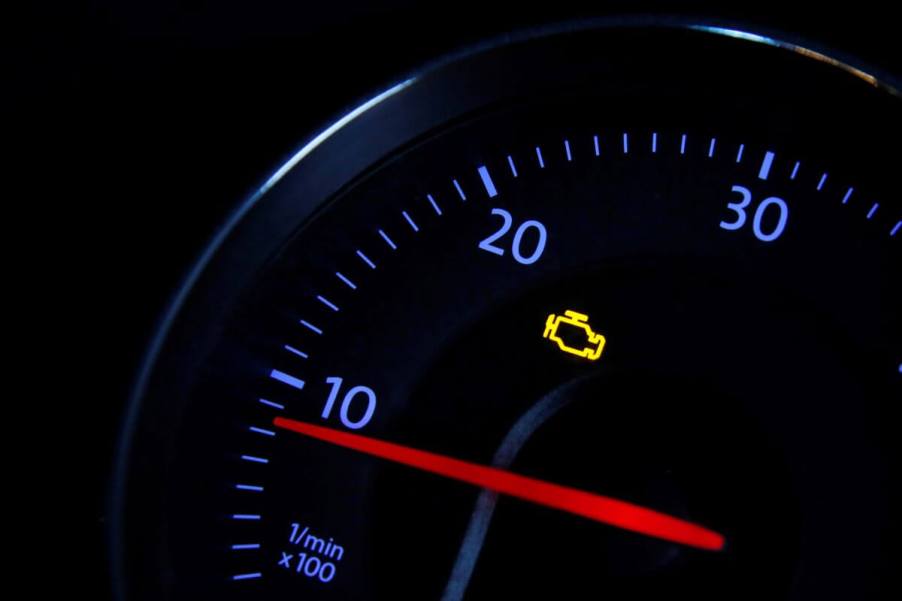
The Ultimate Guide to Understanding Your Check Engine Light (CEL)
Your car’s check engine light, or CEL for short, is one of several dashboard warning lights that indicate problems ranging from required maintenance to car safety. While it’s unsettling anytime a warning light appears, ignoring the CEL could lead to more expensive repairs. Here’s what to do when your check engine light comes on and everything else you need to know about its function and purpose.
What is a check engine light?
Consumer Reports describes the check engine light as a yellow warning indicator that illuminates near the vehicle’s instrument cluster. The CEL symbol or words vary among automakers and models, but common examples include:
- CHECK ENGINE
- SERVICE ENGINE SOON
- CHECK POWERTRAIN
- A symbol resembling a car engine
Is it safe to keep driving when the check engine light comes on?
Your car employs multiple systems, consisting of sensors and control modules, to ensure its safe operation. The Engine Control Module (ECM), sometimes called the Engine Control Unit (ECU), monitors the engine’s operation. Car Advise says issues triggering the CEL might be as simple as a loose gas cap or something that requires a qualified mechanic, like an engine misfire. So, as long as your car appears to operate normally, driving for a short time is safe until you can get it checked out.
Check engine light diagnosis
Whenever your check engine light comes on, your first step toward understanding the problem is diagnosing the trouble code. Your Mechanic tells us that a car’s On-Board Diagnostics, or OBD (OBD-II is the current version), stores the associated Diagnostic Trouble Code (DTC) whenever the ECM detects a problem and illuminates the CEL. You can buy an OBD-II reader for your car, visit an automotive repair shop, or have the codes read for free at automobile parts retailers, like Autozone, that offer code reading services.
Common check engine light causes, and repair costs
While the actual repair cost will vary depending on the make and model of your car, your geographic location, and your preferred automobile repair facility, Nerd Wallet provides the following five common reasons for the CEL and their average repair cost:
- Catalytic converter – $1,190
- Ignition coils and spark plugs – $401
- Mass airflow sensor – $378
- Oxygen, or O2, sensor – $259
- Fuel cap, loose or defective – $17
Can I solve my check engine light issue myself?
A loose or defective gas cap is a common CEL cause, a simple repair anyone can do. Replacing ignition coils, spark plugs, and mass airflow sensors are other repairs many people with medium-level DIY skills and tools can perform. The simplest repair comes from prevention with the routine use of a quality fuel injector cleaner and buying quality gasoline from reputable gas stations.
When to visit an automotive repair shop
Although reading the Diagnostic Trouble Codes causing your check engine light is simple, understanding the root cause of those codes is often tricky. Sometimes, taking your car to the shop is best, even for serious DIY mechanics. Any reputable repair shop will provide diagnostic services to help a DIY mechanic decide which parts to replace and often waive the diagnostic fee if you let them perform the work.
If your check engine light is currently on or comes on in the future, your next step should be reading the code and determining how to fix it. Whether it’s a simple issue or something more serious that prevents even more damage later on, you’ll be glad you did something about it.




